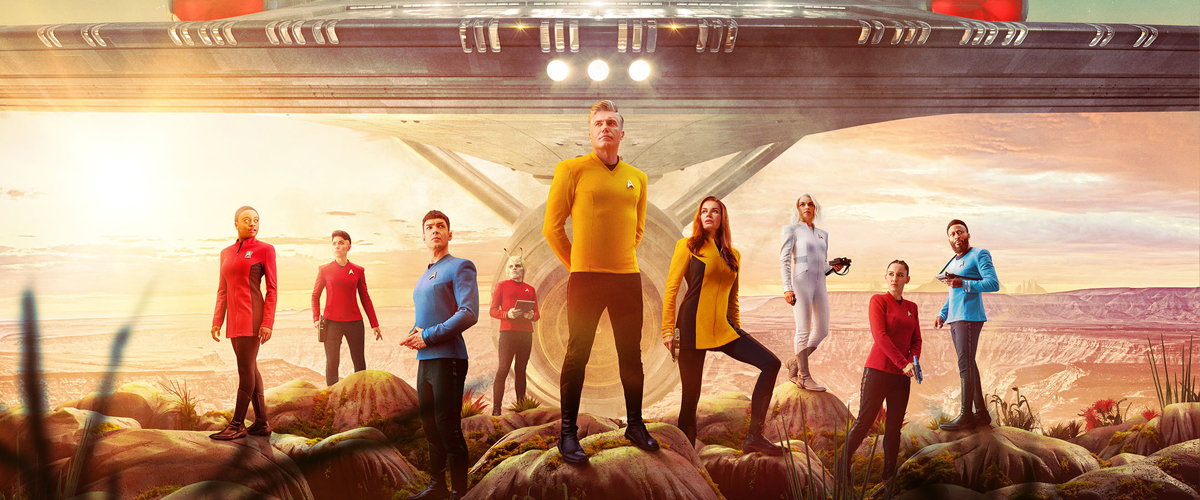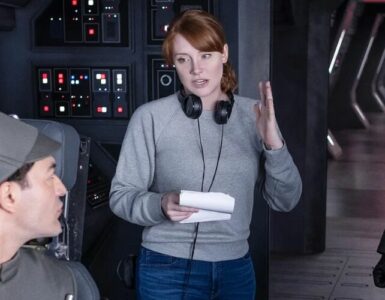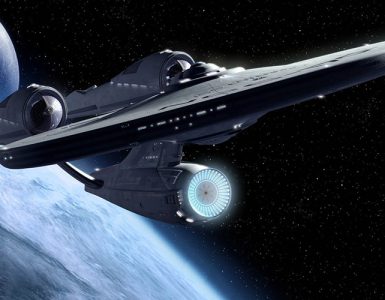It might not deliver the big-budget spectacle of Star Wars, but when it comes to exploring new life on television to resounding success, Star Trek has been boldly going to new heights since 2017’s Discovery, and its latest, Strange New Worlds, is currently the best incarnation of the long-running franchise since The Next Generation concluded in 1994.
It’s also the best sci-fi series to grace the small screen in the last five years, trumping not only the likes of Picard, it’s also far superior to other recent sci-fi shows from other franchises, from Halo, The Expanse, Obi-Wan Kenobi, and even The Mandalorian.
The eleventh series in the massive sci-fi franchise is actually a prequel to the original Star Trek series which ran from 1966 to 1969. Before audiences followed the first adventures of Captain James T. Kirk and his crew on board the starship Enterprise for three seasons, a pilot episode. for the series was shot, and ultimately reworked as a flashback episode when the show was eventually picked up.
The original pilot episode, ‘The Cage’, introduced four key elements – the famed starship, USS Enterprise, along with Captain Christopher Pike, his first officer, Number One, and science officer, Spock. Spock was the only character retained for the eventual series, and elements of the episode were later incorporated into the Season 1 two-part episode ‘The Menagerie’.
Pike and Number One, who was never named in the episode, were heavily referenced in the expanded lore of books and comics, and Pike was even featured heavily in the first two Star Trek reboot films by J.J. Abrams, but the stories of the USS Enterprise before Captain Kirk have never been told in live-action until the second season of Discovery, when the USS Enterprise, under the helm of Christopher Pike, was reintroduced.
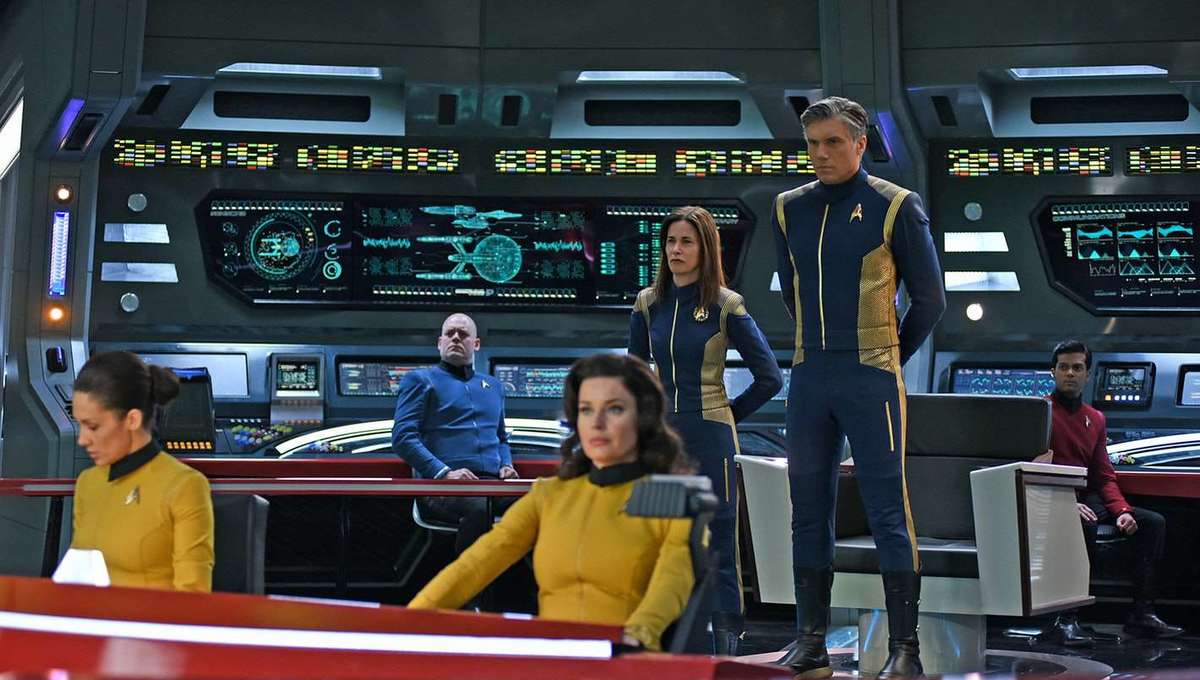
Anson Mount, Rebecca Romijn and Ethan Peck were cast as Pike, Number One and Spock respectively, forming the new, or rather, original, Enterprise trinity, mirroring that of James Kirk, Spock and Leonard McCoy from the original series, and while their appearance on Discovery was intended to be secondary to the new cast and crew of the new series, the strong performance by Mount, together with great writing and chemistry, prompted wider fan appreciation who clamoured Paramount to create a new show featuring the original USS Enterprise, set roughly 10 years before the original series.
And while Discovery, and to an extent, Picard, focused heavily on a serialised format that had the crew tackle a season long adventure or mystery, departing from the episodic nature that has defined the franchise since its inception, Strange New Worlds has gone back to the drawing board, and focused on stronger character arcs of the new crew members, mixed with a standalone adventure with each episode.
Sure, there is still the overarching narrative that the show is facing, of Pike realising his impending death as originally revealed in ‘The Menagerie’ and updated on Discovery, but each episode is more keen on revealing new stories, at times referencing the greater lore of Star Trek.
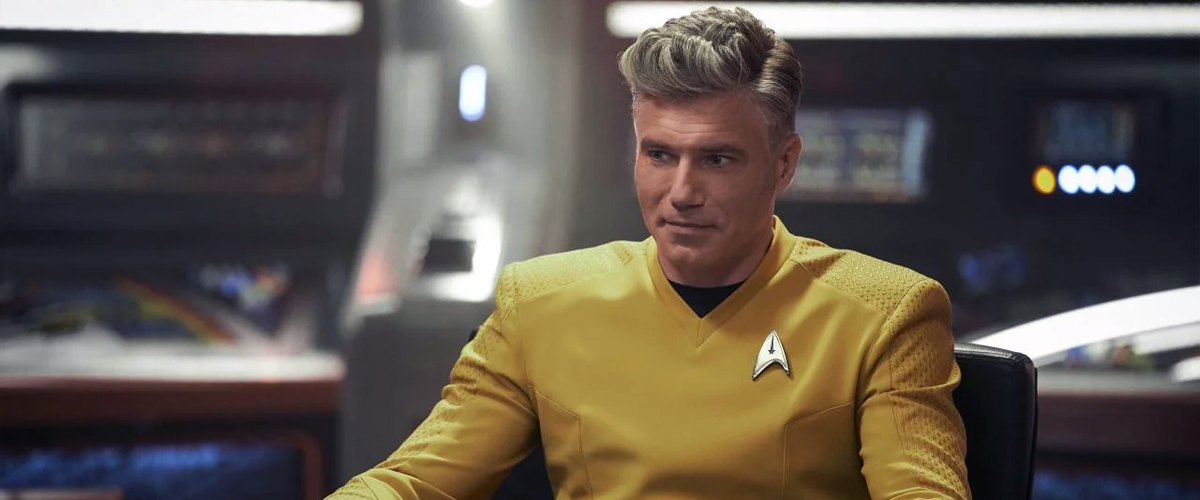
So far, the series has offered an unseen but visible peek into the Gorn, a reptilian race that was seen just once before in live-action, tapping on Spock’s unwritten history between his time serving two captains, his relationship, if any, with Christine Chapel, as well as a build up towards what fans already know of him, of his relationship with T’Pring and his step-brother, Sybok. But as much as Peck plays a great Spock, Strange New Worlds isn’t a Spock show. Audiences finally learn Number One’s real name, Una Chin-Riley.
There are also greater nods from the series to wider Star Trek lore, from the way the transporter pattern buffer can be used to store a person’s transport matrix for extended periods of time (Star Trek: The Next Generation, Relics), the foundation of the Prime Directive, the links to Khan, Uhura and Chapel’s backstory, and much more.
Disney+’s Obi-Wan Kenobi tries extremely hard to shoehorn established continuity and canon between the Original and Prequel Star Wars Trilogy, but in return have created more irregularities, and while the modern Star Trek shows aren’t immune to the creation of the occasional inconsistency, Strange New Worlds provides a stronger and more sincere attempt to reference the past, while paving the way for brighter future.
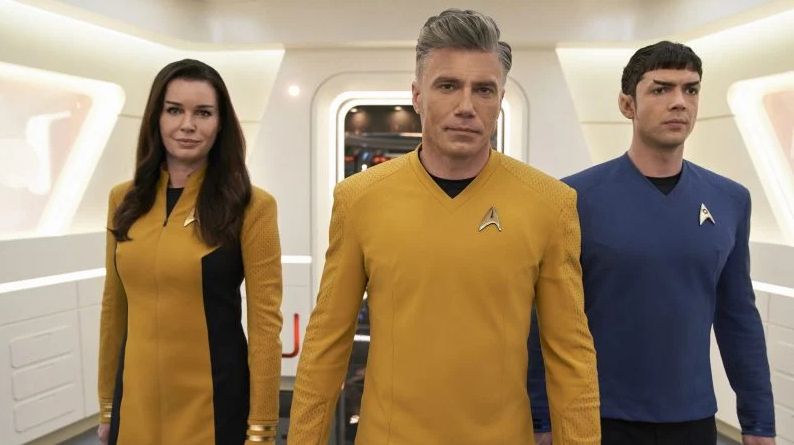
The return of the moral dilemma storylines, where each episode raises questions that makes viewers contemplate the world around them is a direct reference to the original series that tackled racism, sexuality and politics. The new series isn’t woke – it is simply following a structure established by creator Gene Roddenberry over 50 years ago.
And even though the new series is only 10 episodes long, and not double that which is the norm for most free-to-air programmes, the series doesn’t force feed viewers with intense episodes that propels the show’s narrative. There are fun episodes in the first seven, from the shore leave episode that sees the first and security officer run around an empty starship completing a bingo game, or when Spock and T’Pring do a body swap episode to great absurdity.
Meanwhile, fans are still waiting to see if the appearance of Sam Kirk, the older brother of James, will introduce links to the original series, and where the show will bring the characters of Una and the new members of the Enterprise. After almost 20 years of gritty, serialised and more action-packed Trek, it’s great to see a modern Trek show be made with great humour, strong characterisation, thoughtful writing and majestic effects.
While fans already know the future, this is a Star Trek journey we’ll gladly see unfold.

